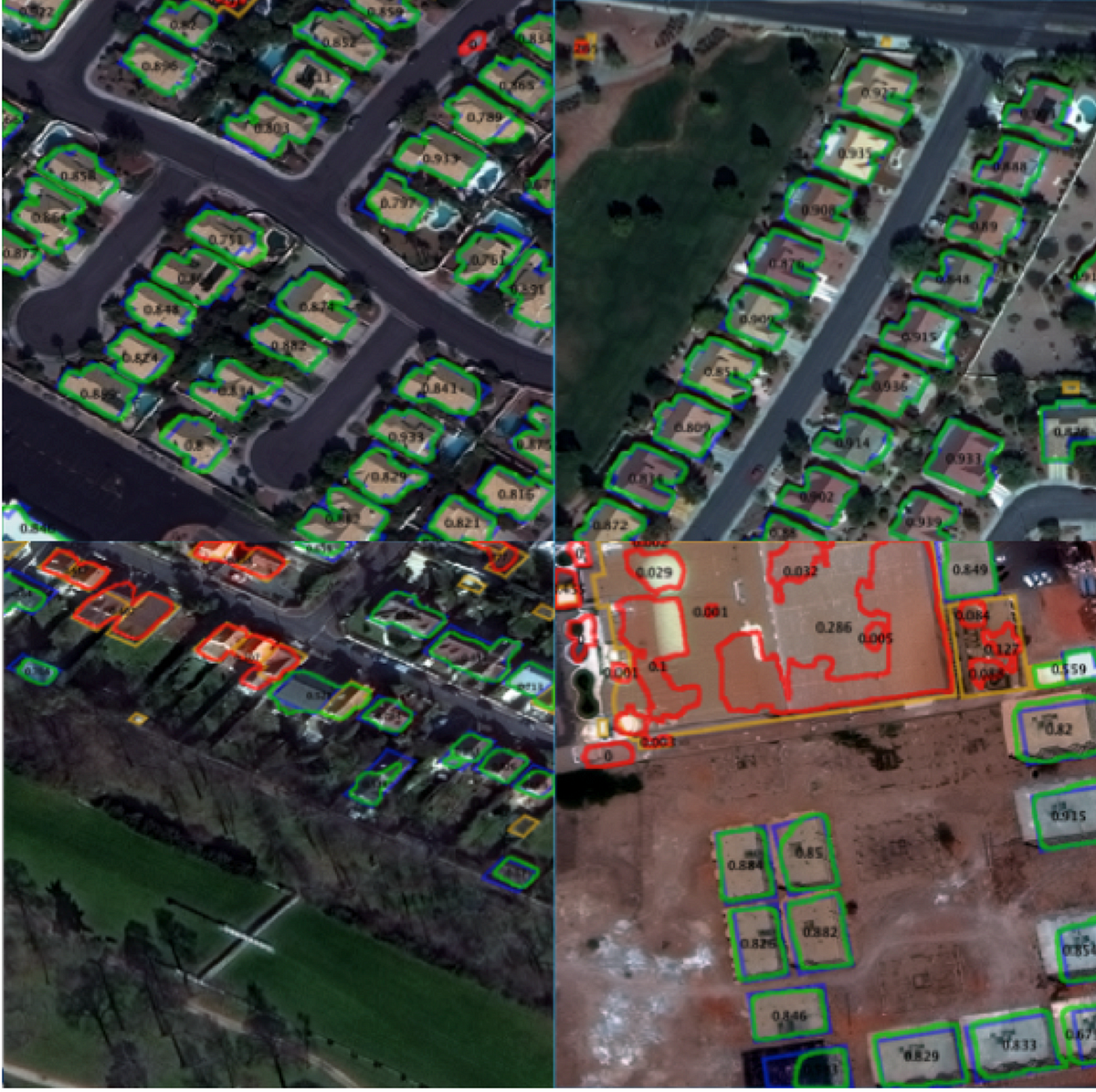

For example, our new Connect Series product line brings clarity and ease in selecting managed broadband services. This broad spectrum of services provides even greater availability and affordability than our previous schedule. "These new offerings on our GSA schedule showcase the latest in all forms of communication technologies that Spacenet now offers. Of a true mask and its hard predicted mask, but 'mean_iou_hard' is not differentiable, so we had to use the soft version as our loss function.įor the example shown above, the model of 5 epochs of Binar圜rossEntropy loss showed nice results:Īfter 125 epochs of training the 8 band model, the model training set converged to iou value of around 0.55,Īnd the validation training set converged to around 0.53."In an increasingly network-dependent world, our government agencies demand and deserve the most reliable and cost-effective communications capabilities available," said Glenn Katz, Spacenet's CEO. (values above 0.5 are set to 1, and below 0.5 are set to 0)Īctually, the negative of the 'mean_iou_hard' should have benn our loss function, and minimizing it would maximize the mean IOU value To evaluate our model we have 2 metrics - 'mean_iou' which measures the similarity between the true mask with the predicted mask,Īnd 'mean_iou_hard' which measures the similarity between the true mask with the hard predicted mask. Note that after we start training with the new loss function, predicted masks are now much more "decisive", predicting values either close to 1 or 0, and giving much 'edgier' predictions. Right after getting the model past the local minimum, we switch the loss function to mean IOU loss, which is what we are after maximizing. We end up getting a weak model that doesn't predict black masks, but can capture some of the image's characteristics: To overcome this problem, we use the first few epochs to train the model on a Binar圜rossEntropy loss function which does a better job converging towards a global minimum. Where the model predicts every mask to be entirely black. Using the mean IOU loss function, we find that most of the times the first few epochs of the model tend to get stuck in a local minimum, In addition, we will be using a custom loss function of mean IOU to evaluate our model. We might as well add some dropout layers in-between some of the layers. Our UNET architecture for the 8 bands data will be as follows: The models are created at script UNET_Model.py. I've created 2 U-NET segmentation models, and trained both of them. Since the dataset includes around 7000 3-band images of size (406,438,3) and their corresponding 8-band images of size (101,110,8), To transform these polygons into masked images, we will be using the Create_Masks_For_Data.py script.Ī 3 band image and its corresponding mask look like: The labeled masks are given in geotiff format - meaning that each mask is basically a polygon whose verticesĪre given by geographic coordinates. Next, we will create the corresponding masks for the data. To do so, first of all we will need to split the data into the different directories - using the Split_Data.py script. The lower 'img' directories will hold the images, and are needed for the data iterators. geojson files that are used to create the corresponding mask for eachģ band image and its 8 band counterpart, and we will not use the vectors directly for training the model. Where each of the Training, Validation and Test data groups will hold the 3 band images,Ĩ band images, and corresponding masks, seperate from each other. We would like our preprocessed data to be stored as follows: 'SpaceNet 1: Building Detection v1' Dataset fromĪWS, using AWS CLI as explained in the following link. Spacenet-Building-Detection Dependencies:


 0 kommentar(er)
0 kommentar(er)
